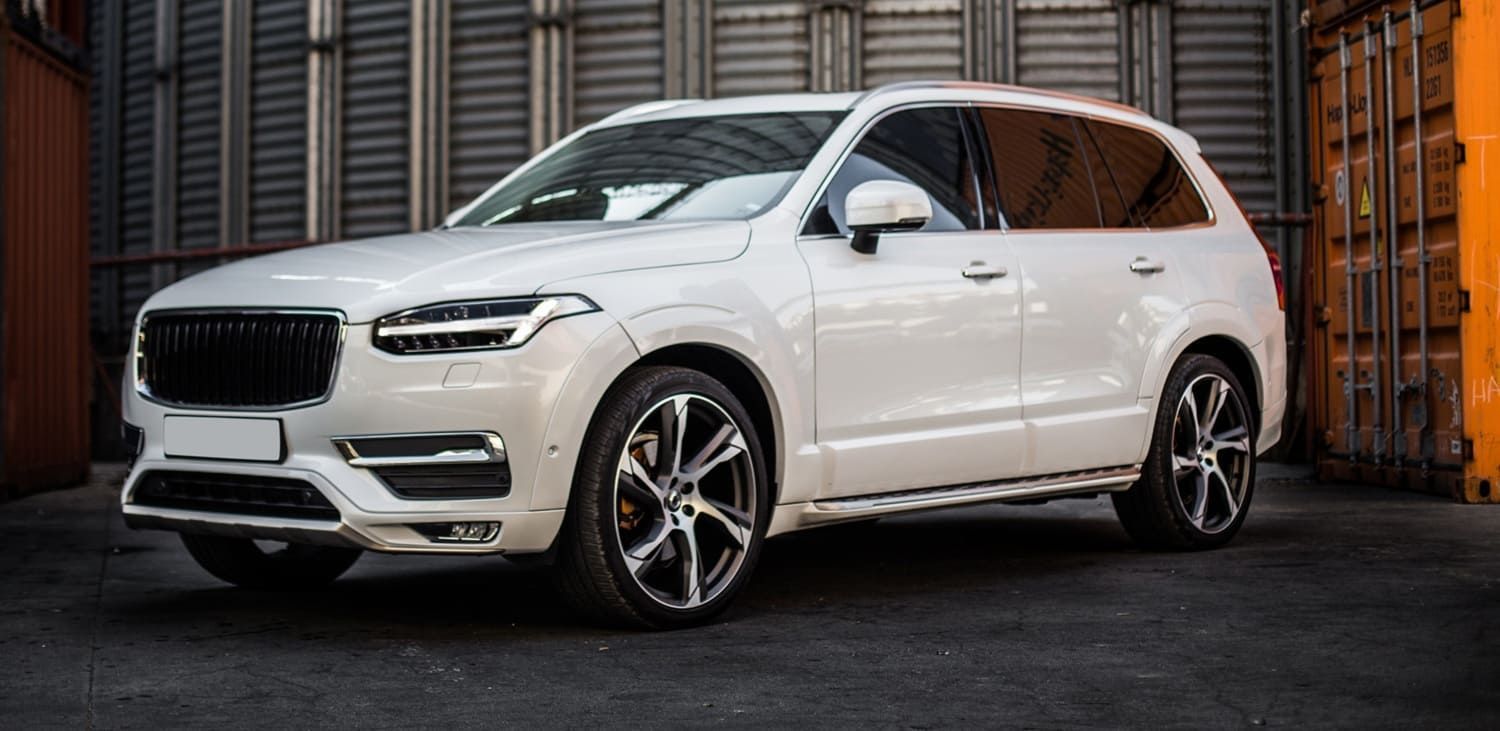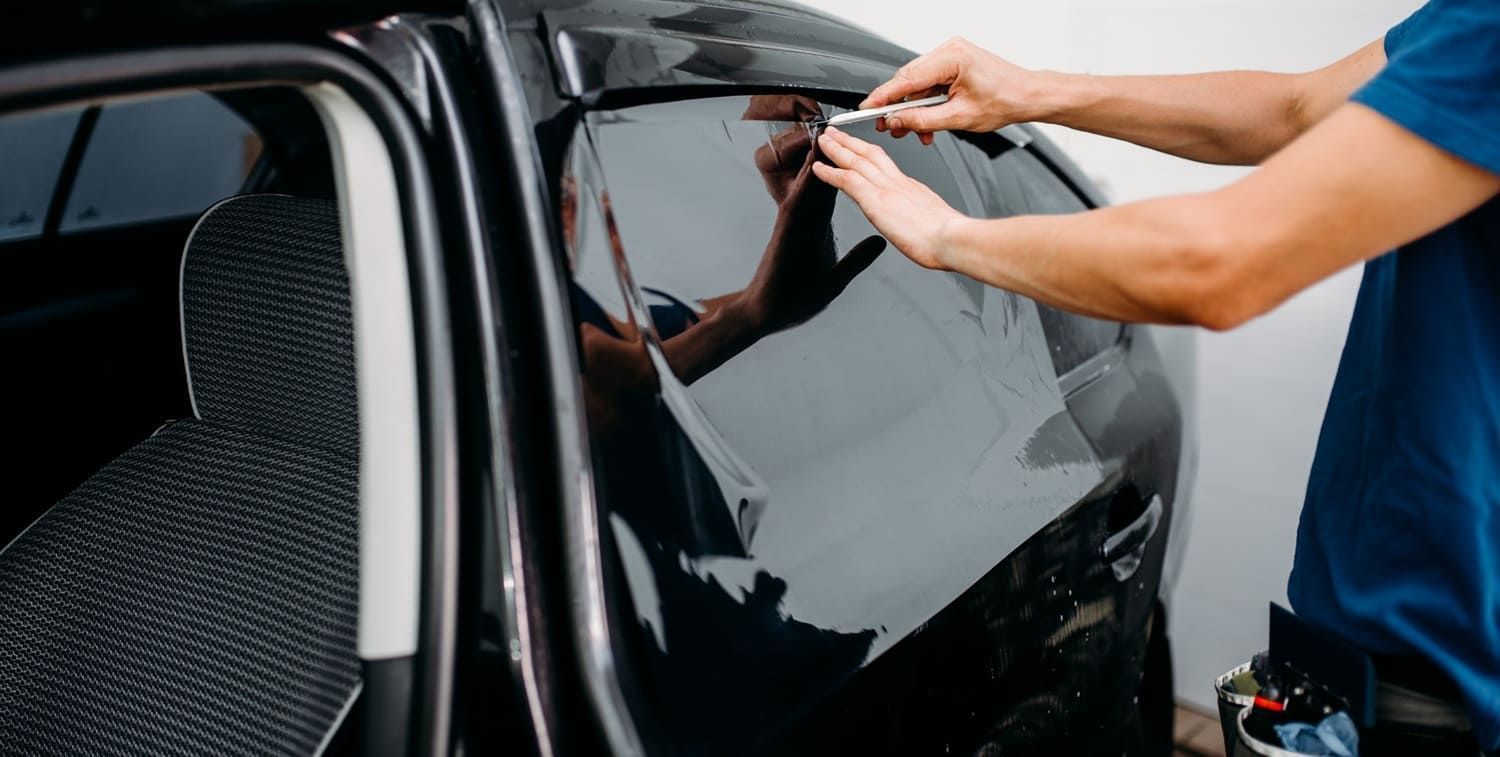What’s the Darkest Legal Tint in Florida?

VLT: Visible Light Transmission
The primary measure used in determining the legality of window tint is Visible Light Transmission (VLT). VLT refers to the percentage of visible light that can pass through the window film and glass. A lower VLT percentage means a darker tint. Florida law specifies different VLT percentages for different windows of a vehicle, ensuring that while aesthetic and functional benefits are achieved, the safety of both the driver and other road users is not compromised.
Front Side Windows
For front side windows, the law requires that the tint allows more than 28% of light in. This means the tint should not be darker than 28% VLT. This regulation ensures that drivers have adequate visibility for safe driving, especially crucial for seeing pedestrians and other vehicles. Compliance with this law helps prevent accidents caused by obstructed views.Rear Side Windows
Rear side windows have slightly more lenient rules. In Florida, these windows can have a tint that allows more than 15% of light in. This allows for a darker tint, providing privacy for passengers and reducing the sun's glare. Such flexibility is often appreciated by vehicle owners who prioritize passenger comfort and protection from prying eyes.Rear Window
The rear window can also have a tint that permits more than 15% of light in. However, if the rear window is tinted, the vehicle must be equipped with dual side mirrors to ensure rear visibility. This regulation ensures that even if the rear window is heavily tinted, drivers can still maintain a clear view of the road behind through the mirrors, preventing potential mishaps.Windshield Tinting Regulations
Tinting the windshield is heavily regulated due to its critical role in visibility. In Florida, non-reflective tint is allowed on the top portion of the windshield above the manufacturer's AS-1 line. This line is typically located at the top five inches of the windshield, depending on the vehicle. The rest of the windshield must remain clear to comply with safety standards, ensuring that the driver has a completely unobstructed view of the road ahead.
The windshield is perhaps the most crucial part of vehicle visibility, and any obstruction can significantly impair driving safety. The allowance for non-reflective tint on the top portion helps reduce sun glare, a common problem in sunny Florida, but ensures the driver's main field of vision remains unobstructed.
Reflective Tint Restrictions
Reflective tint can be beneficial for reducing heat and glare, but Florida law places restrictions on its use. For both front and rear side windows, the tint must not be more than 25% reflective. This limitation is in place to prevent excessive glare that could impair the vision of other drivers. Reflective tints can act like mirrors, reflecting sunlight and bright lights, which can be a hazard if not properly regulated.
Reflective tints, while useful in managing interior temperatures and
enhancing privacy, must be balanced with road safety. The restrictions are designed to ensure that while drivers enjoy the benefits of these tints, they do not inadvertently create a hazard for other road users by reflecting excessive light.
Medical Exemptions
Florida does allow for medical exemptions for those who have specific health conditions that require additional sun protection. Individuals with such conditions can apply for an exemption certificate that permits a darker tint. However, this exemption is subject to approval and requires proper documentation. This provision ensures that individuals with genuine medical needs are accommodated while maintaining overall road safety.
Medical exemptions are a considerate aspect of Florida's tint laws, acknowledging that some individuals require extra protection from the sun due to conditions like lupus or skin cancer. However, the process is strictly controlled to prevent abuse and ensure that only those with legitimate needs receive approval.

Penalties for Non-Compliance
Failing to adhere to Florida's window tint laws can result in fines and the requirement to remove the illegal tint. Law enforcement officers are equipped with devices to measure VLT and can issue citations if your tint does not comply with the regulations. It's important for vehicle owners to regularly check their tint's compliance, as ignorance of the law is not considered a valid excuse.
Initial Fines
The initial fine for illegal window tinting in Florida can range from $100 to $150. Additionally, you will be required to remove the non-compliant tint and have your vehicle reinspected. This process not only incurs financial costs but also the inconvenience of having to alter your vehicle's appearance.Repeated Offenses
Repeated violations can result in increased fines and further legal actions. It's essential to ensure that your tint complies with the regulations to avoid these penalties. Consistent non-compliance can lead to court appearances and increased scrutiny from law enforcement, impacting not just your finances but also your driving record.Choosing the Right Tint
When selecting window tint for your vehicle, it's important to balance your preferences with legal requirements. Consider visiting a professional window tinting service that is familiar with Florida's laws to ensure that your tint complies with state regulations. These professionals can guide you through the options that meet both your aesthetic desires and legal obligations.
Professional Tinting Services
A professional tinting service can provide guidance on the best options for your vehicle while ensuring compliance with Florida laws. They can offer a range of tints with varying VLT percentages, allowing you to choose a tint that meets your needs for privacy, UV protection, and glare reduction. Their expertise can prevent costly mistakes that might arise from DIY tinting efforts.
DIY Tinting
If you choose to apply window tint yourself, make sure to purchase a high-quality product that specifies its VLT percentage. Carefully measure and apply the tint to avoid bubbles and uneven application that can compromise visibility. DIY tinting requires precision and an understanding of the legal requirements to ensure that the finished product is both aesthetically pleasing and legally compliant.Conclusion
Understanding the window tint rules in Florida is essential for any vehicle owner considering tinting their windows. At Tints & Beyond , proudly serving Cape Coral, FL, we ensure your vehicle meets Florida’s legal tint standards while delivering top-tier comfort, style, and protection.
By adhering to the specified VLT (Visible Light Transmission) percentages—more than 28% on front side windows and more than 15% on rear windows—you can enjoy the
benefits of tinted windows without running into legal trouble. Whether you choose professional installation or explore a DIY route, compliance is key to maintaining safety and avoiding fines.
Contact Tints & Beyond today for your
free estimate and expert advice on legal, high-performance window tinting in Florida.
By staying informed and compliant, you’ll enhance your driving experience while ensuring your vehicle remains a safe, stylish, and comfortable space for all passengers.













